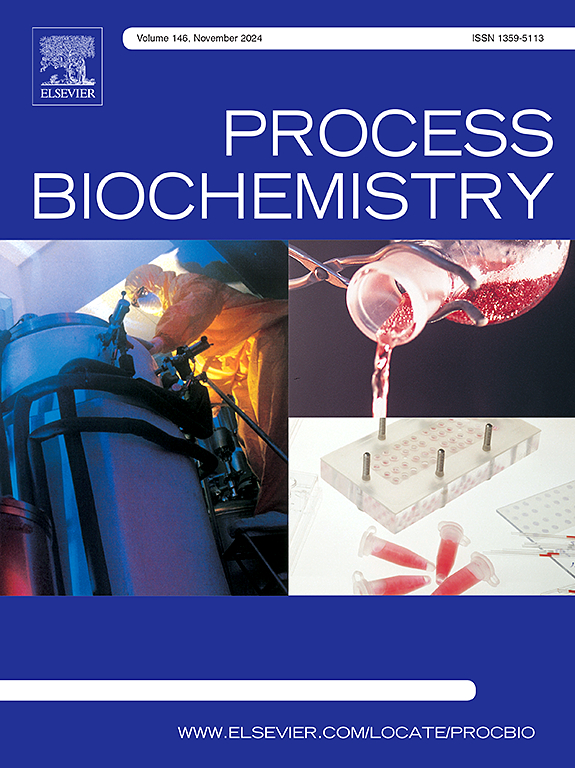Analytical and numerical approaches to the analysis of progress curves: A methodological comparison
IF 3.7
3区 生物学
Q2 BIOCHEMISTRY & MOLECULAR BIOLOGY
引用次数: 0
Abstract
Accurate models of the reaction kinetics of enzymatic reactions are essential for the design of biocatalytic processes. While many experimental studies still build on initial slope analysis, progress curve analysis offers the potential for modelling enzymatic reactions with a significantly lower experimental effort in terms of time and costs, but requires the solution of a dynamic nonlinear optimization problem. There are many different approaches for solving this problem for parameter regression, building on the experimental progress curve data. In order to provide some guidance for selecting an appropriate approach, this study presents a detailed comparison of two analytical and two numerical approaches analysing their strengths and weaknesses on the basis of three case studies. The analytical approaches build on the implicit and explicit integrals of the respective reaction rate equations, while the numerical approaches consider the direct numerical integration of the differential mass balance equations as well as the transformation of the dynamic problem to an algebraic problem by means of spline interpolation of the reaction data. In particular, the dependence of the results on the initial parameter estimates is evaluated, showcasing that the numerical solution with spline interpolation shows a lower dependence on the initial values providing parameter estimates comparable to the analytical approaches, which are however limited in applicability.
求助全文
约1分钟内获得全文
求助全文
来源期刊

Process Biochemistry
生物-工程:化工
CiteScore
8.30
自引率
4.50%
发文量
374
审稿时长
53 days
期刊介绍:
Process Biochemistry is an application-orientated research journal devoted to reporting advances with originality and novelty, in the science and technology of the processes involving bioactive molecules and living organisms. These processes concern the production of useful metabolites or materials, or the removal of toxic compounds using tools and methods of current biology and engineering. Its main areas of interest include novel bioprocesses and enabling technologies (such as nanobiotechnology, tissue engineering, directed evolution, metabolic engineering, systems biology, and synthetic biology) applicable in food (nutraceutical), healthcare (medical, pharmaceutical, cosmetic), energy (biofuels), environmental, and biorefinery industries and their underlying biological and engineering principles.
 求助内容:
求助内容: 应助结果提醒方式:
应助结果提醒方式:


